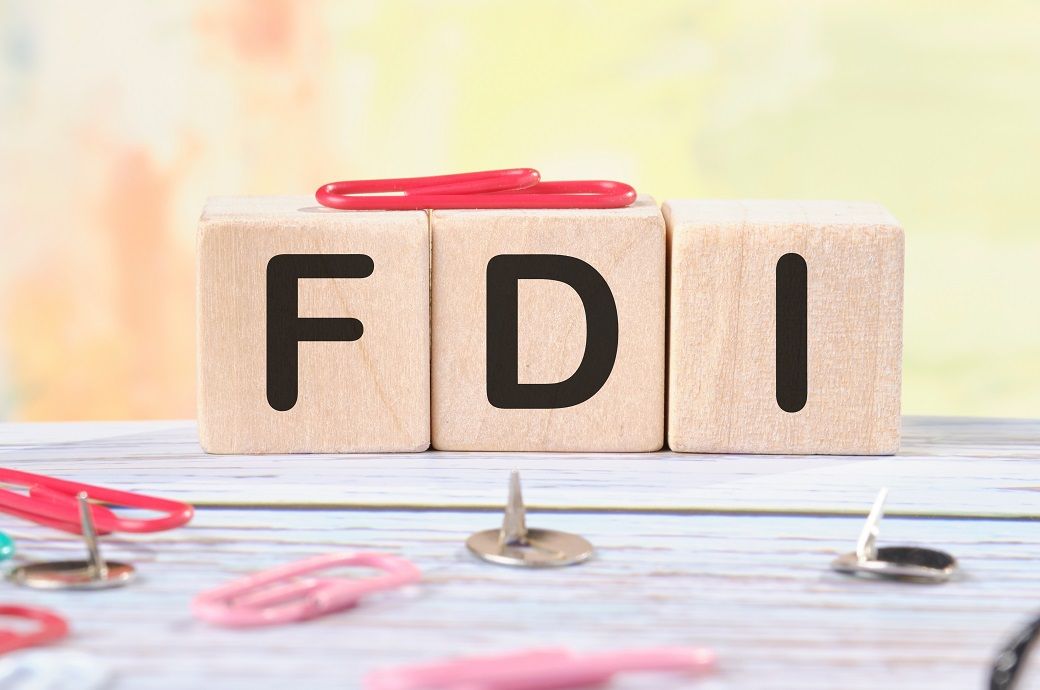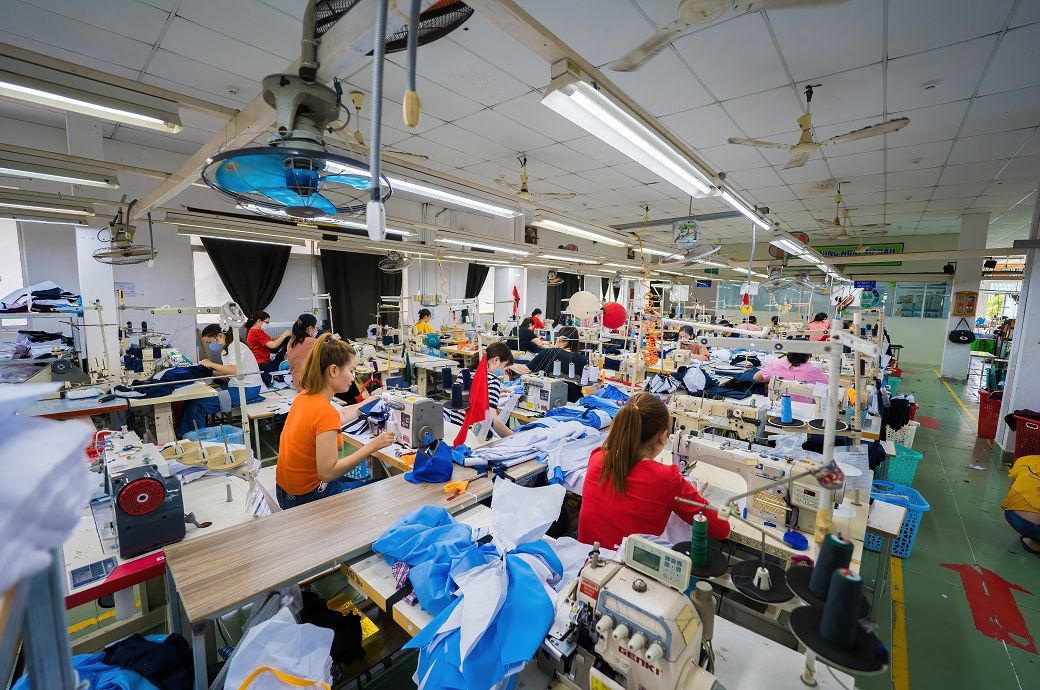The decline was driven by developed economies, where cross-border mergers and acquisitions (M&A), which typically account for a large proportion of their FDI, fell 18 percent to $173 billion, UNCTAD said in its latest Global Investment Trends Monitor.
According to UNCTAD, global FDI declined by 3 percent in the first half of 2025, marking a two-year rolling decline as trade tensions, high borrowing costs and geopolitical uncertainty dampened investor confidence. Developed economies saw an 18 percent drop in mergers and acquisitions. New and renewable projects fell sharply, although AI-driven investments and sovereign wealth fund activity may help the recovery later in 2025.
Developing economies fared better overall, with flows remaining stable, although trends diverged by region. Inflows rose 12 percent in Latin America and the Caribbean, 7 percent in developing Asia, but fell 42 percent in Africa.
High borrowing costs and economic uncertainty continued to pressure investment in industry and infrastructure in the first half of 2025. Announcements of greenfield projects (when companies build new operations abroad) fell 17 percent in number, driven by a 29 percent drop in supply chain-intensive manufacturing, such as textiles, electronics and automobiles, amid tariff uncertainty.
Financing of international projects, critical for infrastructure development, also declined, with deal numbers falling by 11 percent and value by 8 percent. The trend was more positive in developing economies, where project finance deals fell just 2 percent after two years of sharp declines. Despite fewer deals, total value rose 21 percent, driven by some large-scale projects in Panama, the United Arab Emirates and Uzbekistan. A broad recovery has yet to emerge.
Despite fewer projects, the value of global investment in new facilities increased by 7 percent, driven by major projects in artificial intelligence (AI) and the digital economy. For example, the United States recorded $237 billion in new greenfield projects in the first half of 2025, almost matching the 2024 total and four times the semiannual average of the last decade. More than half of the value came from AI-related sectors, particularly semiconductors (~$103 billion) and data centers (~$27 billion).
Investment in sectors critical to the Sustainable Development Goals (SDGs) continued to fall in early 2025. SDG-related investment projects in developing countries decreased by 10 percent in number and 7 percent in value, following sharp declines last year. Projects in the least developed countries (LDCs) are on track to fall another 5 percent in 2025, possibly reaching their lowest level since 2015.
Internationally funded projects (including those in transportation and utilities) remained about 25 percent below the decade average. In LDCs, the value of financing for infrastructure projects fell by another 85 percent. New infrastructure activity decreased by 31 percent in value and 25 percent in number, driven by sharp contractions in Latin America and the Caribbean (–78 percent in value and –43 percent in number).
Investment in renewable energy, the largest sector relevant to the SDGs, also weakened. Globally, international project financing in the sector, which has accounted for almost two-thirds of global totals in recent years, fell another 9 percent in number and 10 percent in value.
Global greenfield projects in renewable energy also decreased by 55 percent in number and 21 percent in value. In developing economies, projects fell 23 percent. In LDCs, they decreased by 31 percent in number and 18 percent in value.
Investment in water and sanitation fell by 40 percent, with no new projects in Africa or the LDCs and a 97 percent decline in Latin America and the Caribbean. Only agri-food systems and health showed positive trends in developing economies: investment remained stable in the agri-food sector and increased by 37 percent in the health sector, driven mainly by new projects in Asia.
The global investment climate will remain challenging for the remainder of 2025. Geopolitical tensions, regional conflicts, economic fragmentation and efforts to de-risk supply chains continue to weigh on flows. Still, easing financial conditions, increased M&A activity in the third quarter and increased spending abroad by sovereign wealth funds could support a modest rebound towards the end of the year.
Fiber2Fashion News Desk (SG)



